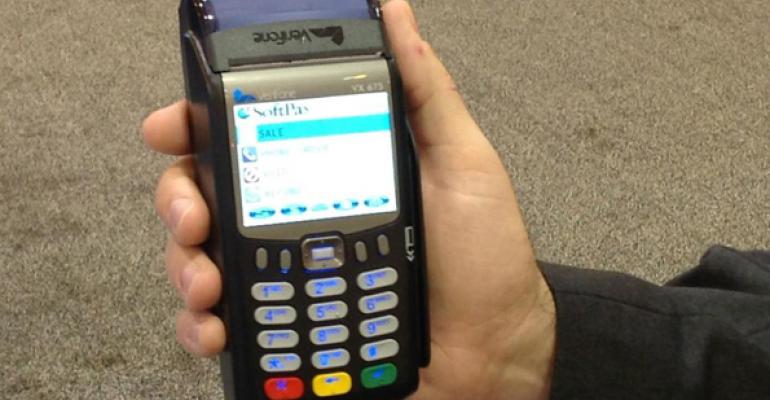The payments industry is undergoing a real and significant shift, from the rapid expansion of mobile payment options and customer demands to the very technology in our cards. Until recently, discussions of EMV adoption in the U.S. were in the abstract, with a healthy dose of skepticism that the country would ever transition from the magnetic-stripe based payment system we have now.
But that time is past. EMV is coming to the U.S. The infrastructure and incentives are in place for the issuers, and the timeline for conversion is set. Credit, debit and contactless payment transactions can and will all use EMV.
Not familiar with EMV yet? It’s an acronym of Europay International, MasterCard and Visa, three entities that joined together in 1994 to provide a worldwide standard for the interaction between chip-based “smart cards” and approved payment devices. Also known as “Chip and PIN” in the U.K., it’s the name for the technology that enables payments using a smart card with a chip inside of it.
There are steps and milestones along the way, but the date in the EMV implementation timeline that is most important to restaurant owners and operators is October 2015. That’s when Visa, Mastercard, American Express and Discover are implementing a “liability shift.” In other words, that’s when merchants start to face the responsibility of covering the costs of fraudulent charges if their terminals are not EMV-enabled.
While the liability shift doesn’t occur for another two years, and mag stripes will be with us for the foreseeable future, there are six things that restaurant owners should be doing now to prepare for the change:
1. Assess your company’s desire to support EMV. EMV cards are coming to the U.S., yet deciding when your business will ultimately start accepting them is your own decision. Factors weighing on this decision include the impact of the liability shift, your company’s desire to meet consumer payment demands, the impact of incentives from the card brands, and the overall cost of implementing the solution.
2. Understand the high level processing requirements. Gain a basic understanding of what the change means—or at least ensure that your POS provider does: that EMV-accepting terminals should support both contact and contactless acceptance; and that POS software changes are needed to accept and transmit new data elements and handle the transaction differences.
3. Develop, or modify, your EMV card-accepting terminal plan. If your terminals don’t currently support EMV, create a plan to start replacing them with devices that do, with the October 2015 liability shift date in mind. You don’t need to completely solve the EMV problem now, but you should be laying the groundwork so that EMV can be enabled at the appropriate time. Depending on the size of your business, conversion could take just a few months, or up to a year for a large national restaurant chain.
4. Understand the Visa/MC incentives. Deploying EMV-accepting terminals sooner or in a more directed fashion may have an impact on your compliance reporting requirements and overall breach exposure.
5. Stay informed, but keep out of the weeds. That is to say that understanding high-level information is going to continue to be important, but monitoring the impact of the Durbin Amendment on the transaction flow of debit cards is simply not going to be a good investment of time for most merchants. Leave the weeds to the POS providers, but make sure they are fully informed.
6. Use EMV as a business opportunity. The changeover to EMV-accepting terminals provides an unparalleled opportunity to materially improve how you interact with your customers. Upgrading your terminals for EMV could be the right time to make the move to mobile, or “pay at the table.” Industry research varies on the exact number, but most agree that providing payment at the table can increase table turn times by eight minutes per table. Or expand your business with a more efficient curbside pickup and payment option. This is also a great time to take full advantage of a feature-rich solution: customer surveys, progressive gift card sales programs, or interactive loyalty programs. A holistic strategy takes advantage of emerging payment technologies that lower acceptance costs, streamline operations, and create a more secure payments environment.
The bottom line is that EMV conversion is going to happen, but the amount of time and work for each merchant is significantly different. Putting these six steps in place now can ease the transition.
Drago Dzerve is director of business development for VeriFone.




